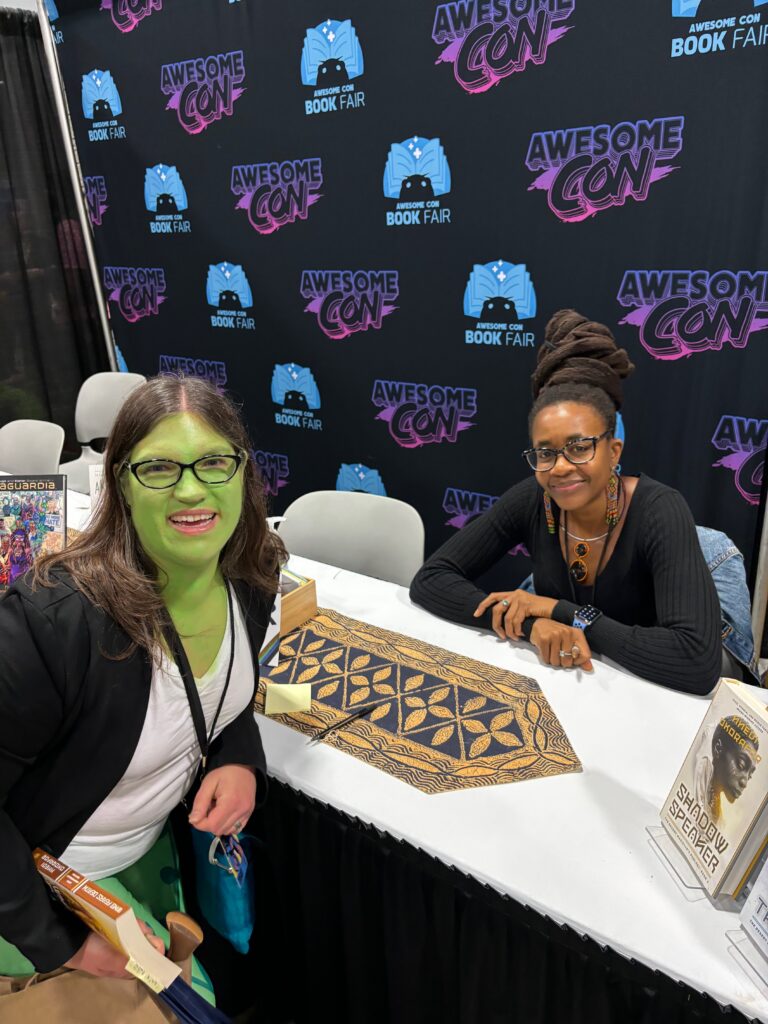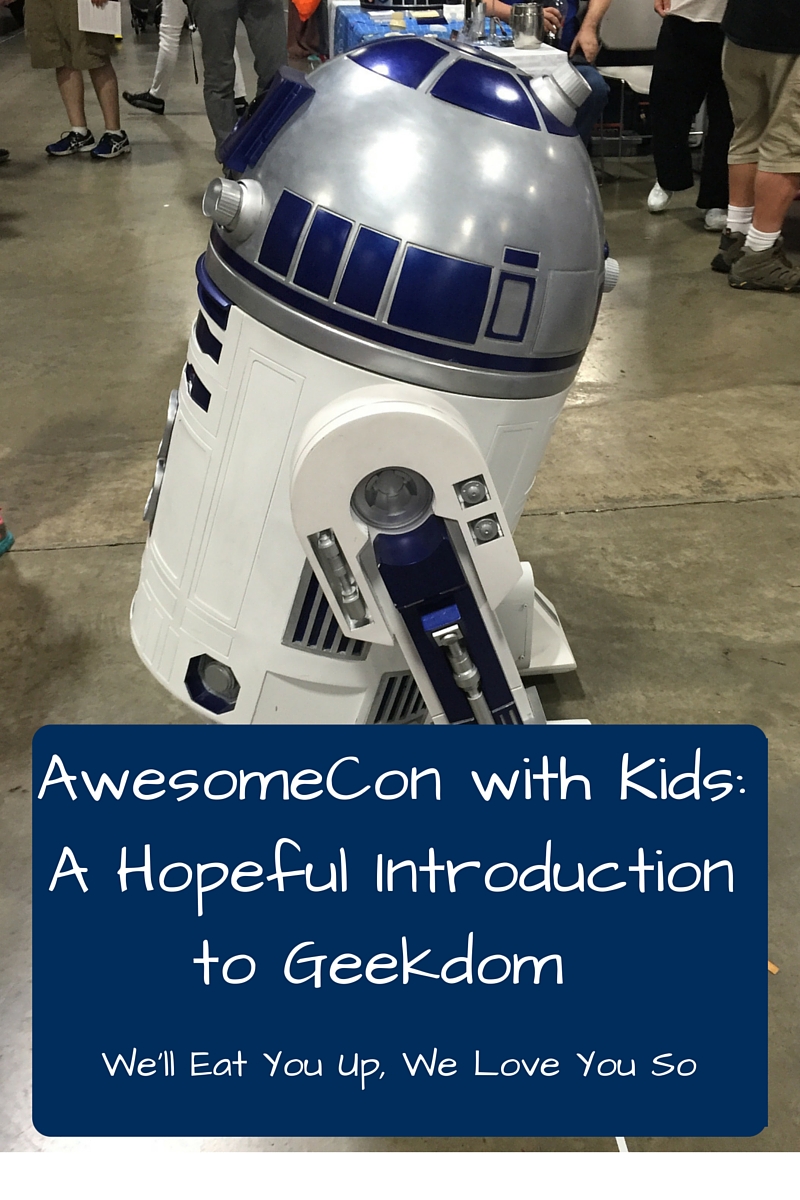
Looking in the mirror, I saw someone looking back at me who was both terribly familiar and foreign. For one, she had green skin in comparison to my normal pale visage. I noticed a spot that was a bit light and dabbed on a bit more green makeup. There – finished. Save the red hair and the cartoon skinniness, I was the image of Poison Ivy from the Harley Quinn animated show.
On the lawful to chaotic and good to bad morality scale, I am solidly in the lawful good zone. I was obsessive about rules as a kid to the point I would correct other kids regularly. (That made me very popular.) While I’ve shed much of that slavish devotion, I hate breaking rules for no good reason and hold myself to high moral standards.
So why was I cosplaying a chaotic supervillain at a comic book convention?
Continue reading







